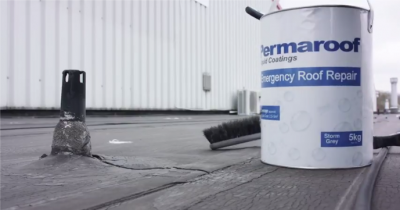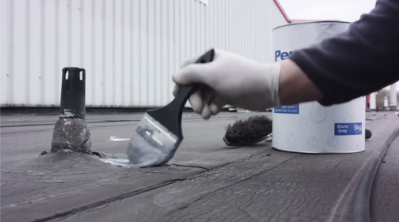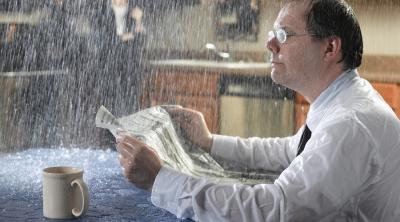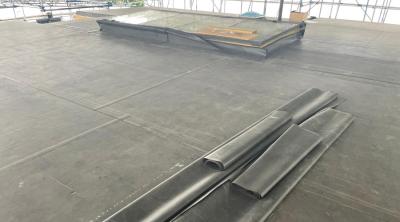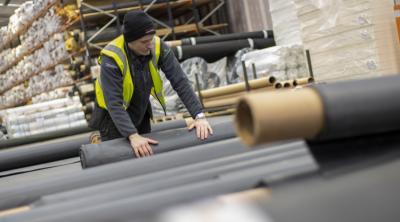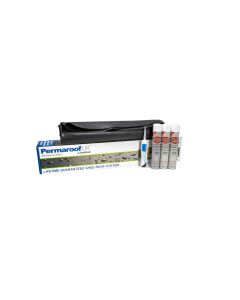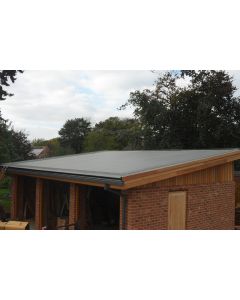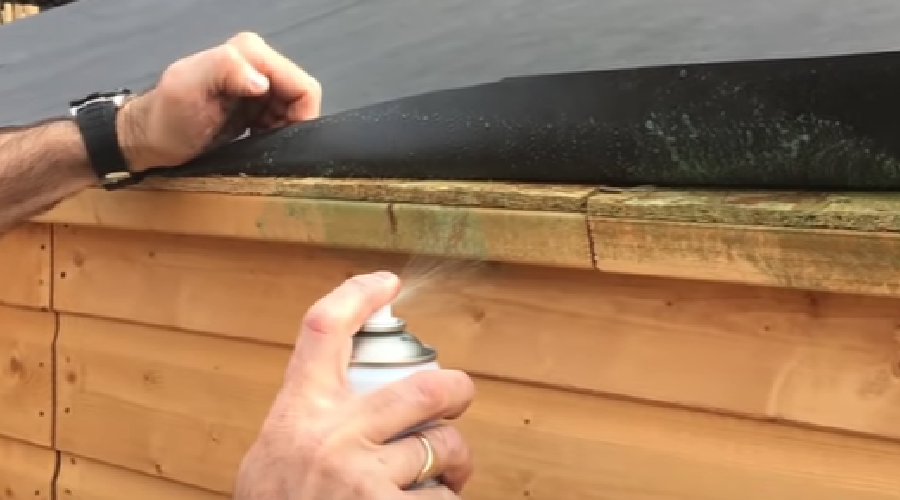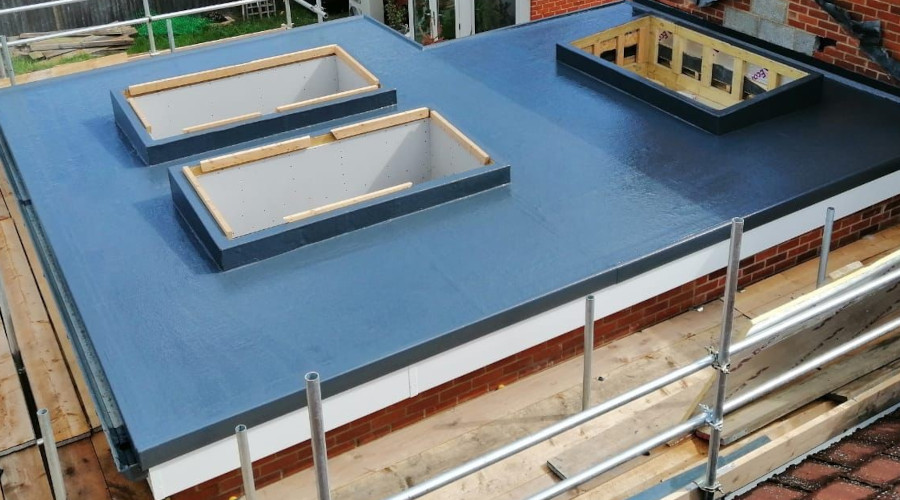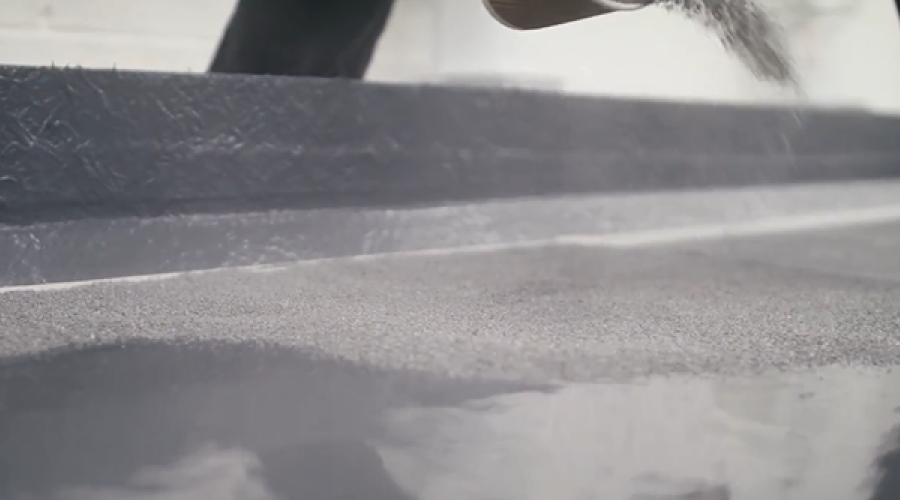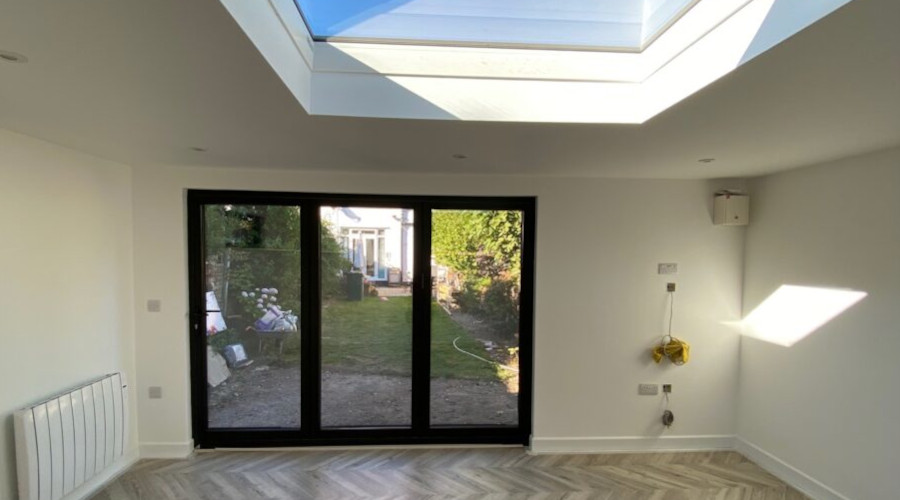Flat Roofing vs Warm Weather: What could possibly go wrong?
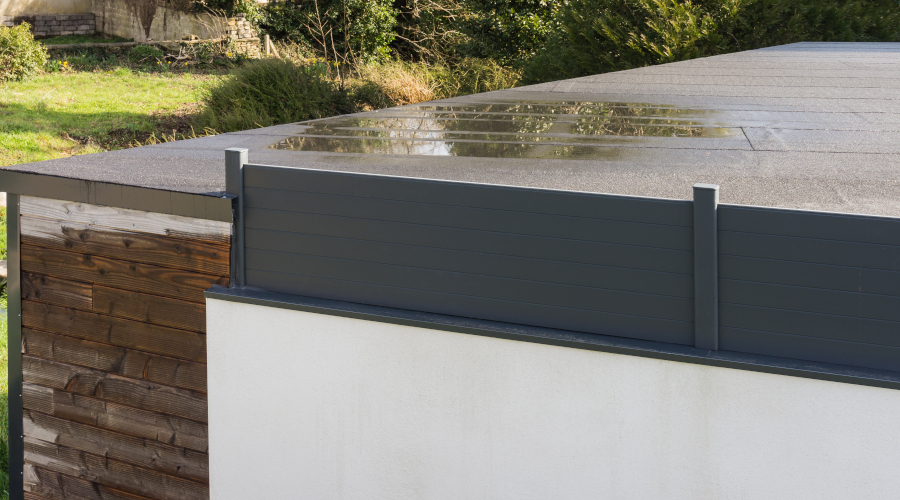
This summer's temperatures have been going through the roof - quite literally in some cases. Heat and some types of flat roofing don’t get along and as we approach the autumn months, it may be time to assess yours for signs of damage.
How does hot weather affect flat roofs?
Felt and other bituminous coatings and some types of membrane were historically popular coverings for flat roofing, and they are notorious for aging badly. They can be susceptible to heat blisters and hot sunshine can partially melt bitumen-based coverings, thinning and bubbling in the worst cases.
If blisters and cracks form, these are the areas where inevitable leaks will appear once the rain comes. During a dry spell, it is easy to overlook damage to roofing as it is often a leak that alerts us to the problem. However, while some leaks manifest quickly, others can seep in water at a rate that begins to damage decks and timbers, long before it appears inside.
How to check for damage to traditional flat roofing
If you have some older type flat roofing, getting in first and giving your roofing the once-over is the best approach. Most domestic flat roofs can be viewed from an upstairs window and if you can see yours from here, give it a good look over. If not, you may have to climb a ladder and look over the flat roof from eye level – call in a professional if you’re unsure or not confident.
What to look for (common signs but not limited to):
- Ripples – look for areas where the covering is not flat where it should be
- Bubbles – these can form in small clusters or single, large bubbles
- Cracks – cracks can resemble tears or can be raised at the edges and can be easily seen
- Debris – if there is large debris, such as a tree branch, there could be damage
Check inside the building too, for signs of:
- Condensation around doors or windows
- Mould spots
- A damp smell – also open cupboards and check for a smell of damp
- Discolouration of interior decoration
If you find any signs of damage to the roof covering, attend to it as soon as you can before the winter months bring generally wetter weather. It may only require a small patch repair to the covering if you catch it early enough.
However, if you find you have a large area of damage or you simply want to update the installation with a longer lasting approach, you may prefer to replace the old roofing altogether.
Why type of flat roof covering does perform well in hot weather?
Modern membranes such as EPDM, perform far better in extreme heat due to the way they are manufactured. EPDM membrane is flexible and durable, UV stable and ozone resistant. This contributes to an exceptional service life expectancy (50 years+) and makes it a more sustainable choice for flat roofing.
These modern materials are gradually replacing traditional bitumen-based and felt roof coverings. With climate scientists telling us that these higher summer temperatures may become a new normal in the UK, preparing our homes with updated, more sustainable materials is a trend sweeping the country.
Fast and easy to replace leaking flat roofing
Using EPDM has been made easier in the UK with the introduction of complete rubber flat roof kits. These come pre-calculated to contain the right quantity of materials based on the measurements of the project.
Fast and easy to install EPDM systems use only cold applied adhesives and a one-piece membrane. This requires no joins and delivers 100% reliable waterproofing, minimising the risk of water seepage at these traditionally vulnerable points on a flat roof.
View our range of DIY flat roofing kits >
Before the summer is over, make sure you check your traditional flat roofing for signs of damage and try to head off any potential costly repairs this year.
This is an updated version of a popular blog post from 2014. Read the original version here.



